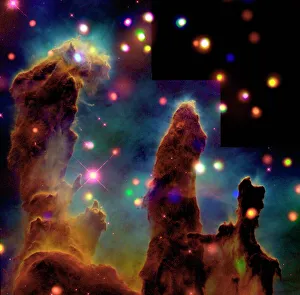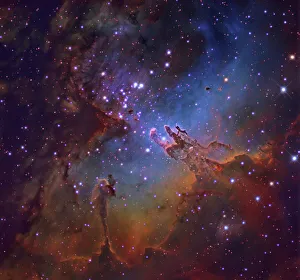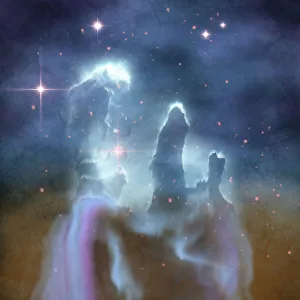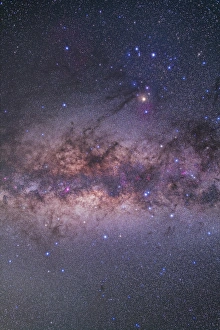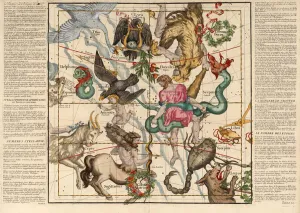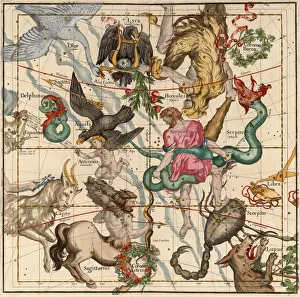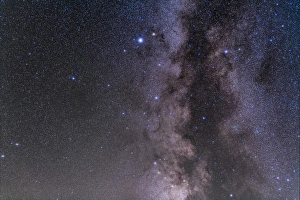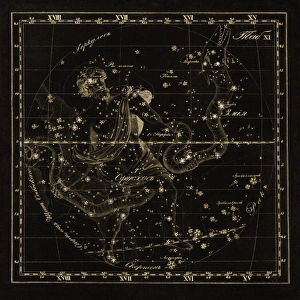Serpens Collection
Serpens, the celestial serpent, slithers gracefully across the night sky, captivating astronomers and stargazers alike
All Professionally Made to Order for Quick Shipping
Serpens, the celestial serpent, slithers gracefully across the night sky, captivating astronomers and stargazers alike. Within this constellation lies a breathtaking sight known as the Pillars of Creation in M16, The Eagle Nebula. These towering columns of interstellar gas and dust are a testament to the immense power and beauty of our universe. Alessandro Piccolomini, an Italian astronomer from the 16th century, was among those who marveled at Serpens' wonders. In his work "Winter Solstice, " he depicted Plate 5 from Globi coelestis in tabulas planas redacti descriptio with intricate detail. This artwork showcased the nebulosity and star cluster nestled within Serpens' cosmic embrace. Johann Bayer's artistic rendition in 1603 further immortalized this constellation's allure. His masterpiece captured Taurus Poniatowski, Serpentarius, Scutum Sobiesky alongside Serpens itself - a true celestial marvel brought to life on canvas. Beyond its astronomical significance lies another creature bearing resemblance to its namesake – the serpent eel or Ophisurus serpens. Found both in European waters and beyond, this elusive creature adds yet another layer of intrigue to Serpens' mystique. Fast forward to modern times where NASA's stunning images capture nebulous formations intertwined with star clusters within Serpens. These awe-inspiring photographs serve as a reminder that even today we continue to explore and unravel the secrets hidden within our vast cosmos. Uranias Mirror presents Card Number 12 from their set of astronomical star chart cards engraved by Sidney Hall in 1824. This card showcases Taurus Poniatowski alongside other constellations like Scutum Sobiesky and Serpentarius – all partaking in an ethereal dance under Serpens' watchful eye.

